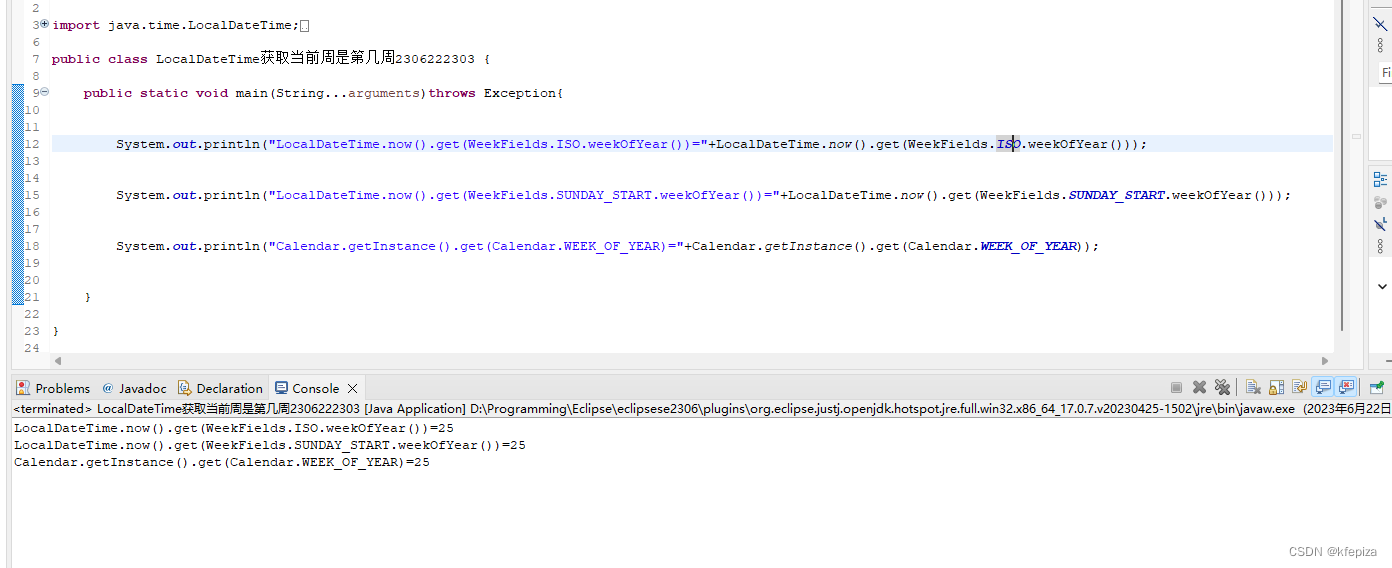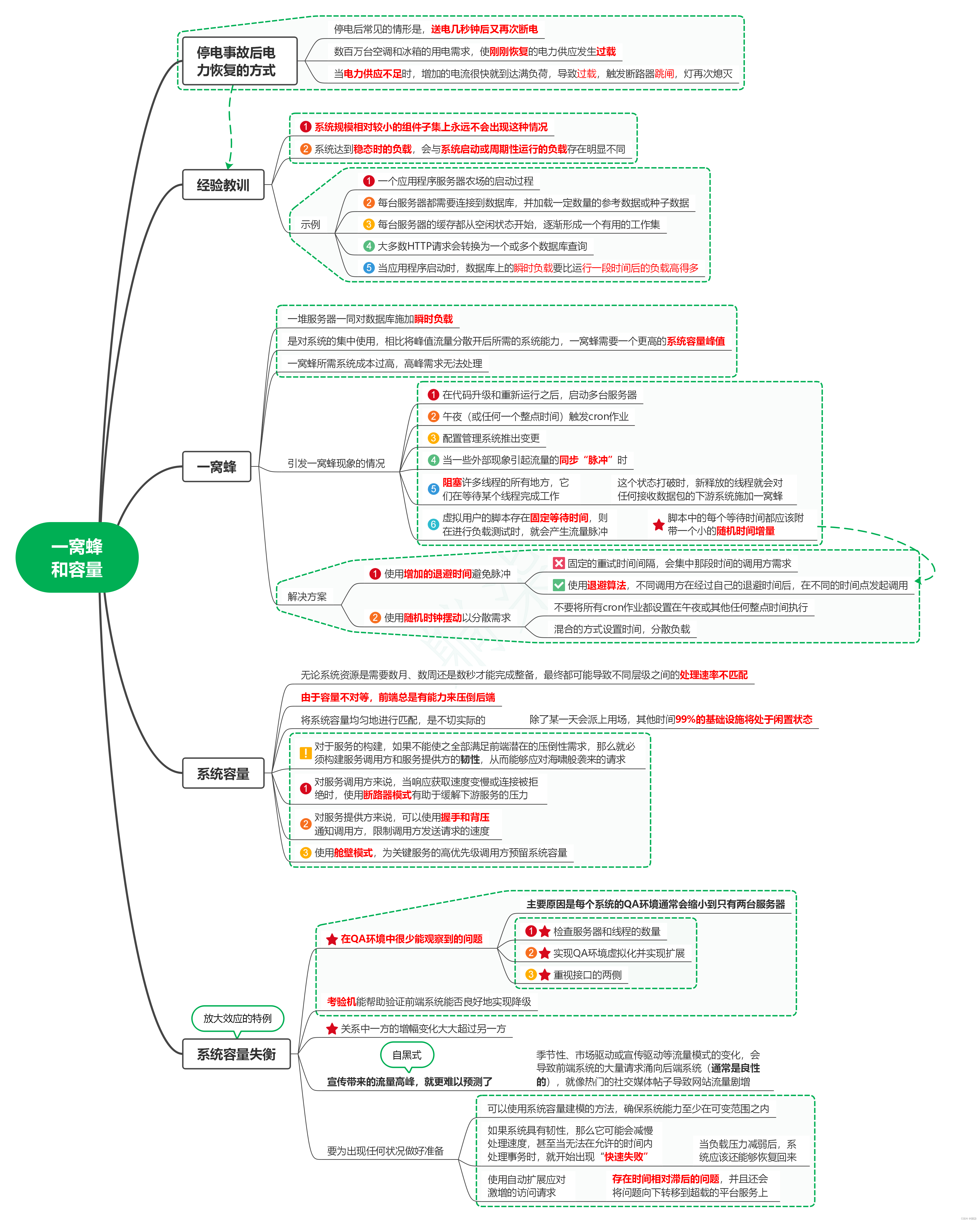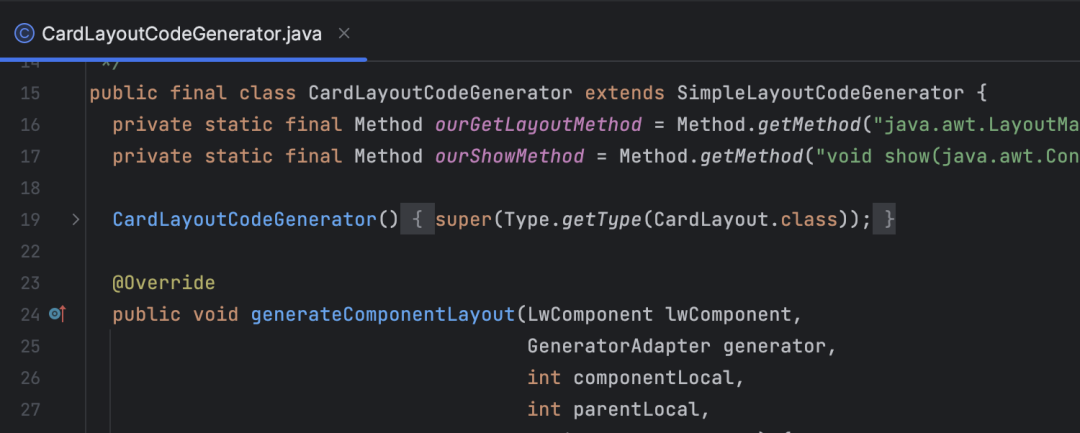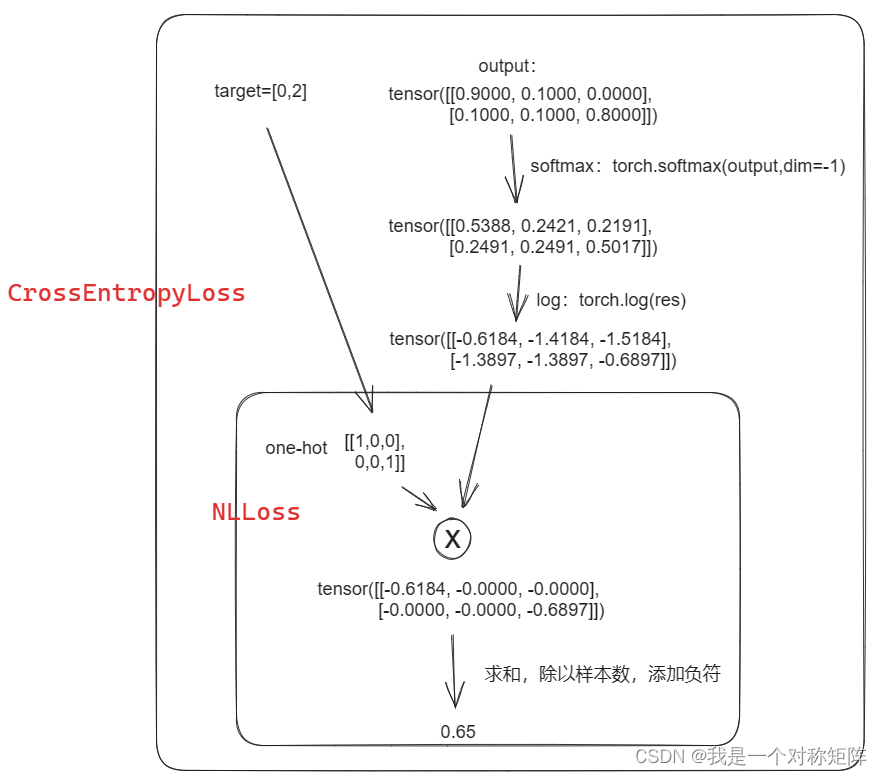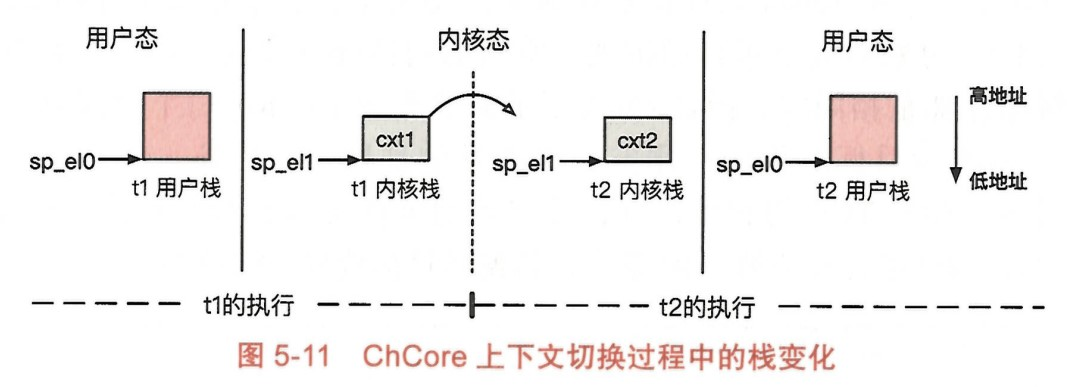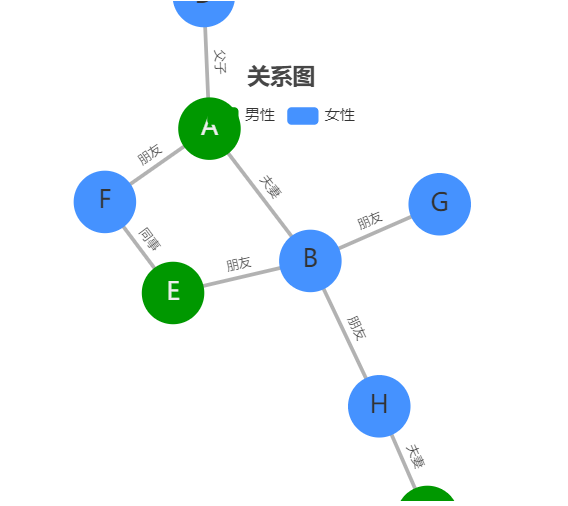介绍
在创建线程的方式中,我们可以直接继承Thread和实现Callable接口来创建线程,但是这两种创建线程的方式不能返回执行的结果。于是从JDK1.5开始提供了Callable接口和Future接口,这两种创建线程的方式可以在执行完任务之后返回执行结果。
Future模式可以让线程异步获得执行的结果,而不用等到线程等到run()方法里面执行完再执行之后的逻辑。
public class FutureTask<V> implements RunnableFuture<V>
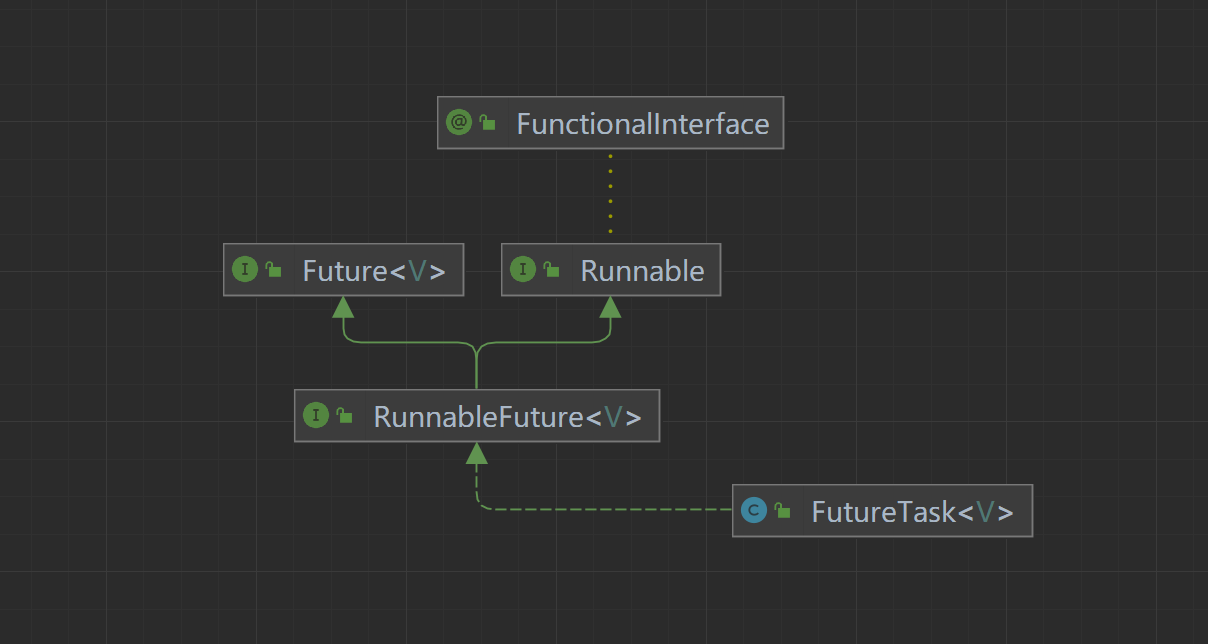
我们看到FutureTask实现了RunnableFuture接口,其中RunnableFuture接口继承了Runnable和Future接口,因此我们可以说FutureTask实现了Future接口和Runnable接口,但是我们需要注意的是,FutureTask也实现了Callable接口,虽然这并没有在继承体系中看出,但是可以从FutureTask的源码中看出。
FutureTask用于异步执行或取消任务的场景。通过传入Runnable的实现类或Callable的实现类给FutureTask对象,
之后将FutureTask对象传给Thread对象或线程池。可以通过FutureTask对象.get()方法可以异步返回执行结果,
如果任务还没有执行完,则调用get()方法的线程会陷入阻塞,直到任务执行完。无论有多少个线程调用get()方法,
FutureTask中的run()逻辑只会执行一次。我们还可以调用FutureTask对象的cancel()方法取消掉当前任务。
常量&变量
/**
* The run state of this task, initially NEW. The run state
* transitions to a terminal state only in methods set,
* setException, and cancel. During completion, state may take on
* transient values of COMPLETING (while outcome is being set) or
* INTERRUPTING (only while interrupting the runner to satisfy a
* cancel(true)). Transitions from these intermediate to final
* states use cheaper ordered/lazy writes because values are unique
* and cannot be further modified.
*
* Possible state transitions:
* NEW -> COMPLETING -> NORMAL
* NEW -> COMPLETING -> EXCEPTIONAL
* NEW -> CANCELLED
* NEW -> INTERRUPTING -> INTERRUPTED
*/
//表示当前任务的状态
private volatile int state;
//表示新创建状态,任务尚未执行。
private static final int NEW = 0;
//表示当前任务即将结束,但是还未完全结束,返回值还未写入,处于一种临界状态。
private static final int COMPLETING = 1;
//表示当前任务处于正常结束状态(没有发生异常,中断,取消)。
private static final int NORMAL = 2;
// 表示当前任务执行过程中出现了异常,处于非正常结束状态。内部封装的callable.call()向上抛出异常了
private static final int EXCEPTIONAL = 3;
//表示当前任务因调用cancel而处于被取消状态。
private static final int CANCELLED = 4;
//表示当前任务处于中断中,但是还没有完全中断的阶段。
private static final int INTERRUPTING = 5;
//表示当前任务处于已完全中断的阶段。
private static final int INTERRUPTED = 6;
/** The underlying callable; nulled out after running */
// 我们在使用FutureTask对象的时候,会传入一个Callable实现类或Runnable实现类,这个callable存储的就是
// 传入的Callable实现类或Runnable实现类(Runnable会被使用修饰者设计模式伪装为)callable
//submit(callable/runnable):其中runnable使用了装饰者设计模式伪装成了callable
private Callable<V> callable;
/** The result to return or exception to throw from get() */
// 正常情况下,outcome保存的是任务的返回结果
// 不正常情况下,outcome保存的是任务抛出的异常
private Object outcome; // non-volatile, protected by state reads/writes
/** The thread running the callable; CASed during run() */
// 保存的是当前任务执行期间,执行任务的线程的引用
private volatile Thread runner;
/** Treiber stack of waiting threads */
// 因为会有很多线程去get结果,这里把线程封装成WaitNode,一种数据结构:栈,头插头取
private volatile WaitNode waiters;
/**
* Simple linked list nodes to record waiting threads in a Treiber
* stack. See other classes such as Phaser and SynchronousQueue
* for more detailed explanation.
*/
static final class WaitNode {
// 线程对象
volatile Thread thread;
// 下一个WaitNode结点
volatile WaitNode next;
WaitNode() { thread = Thread.currentThread(); }
}
构造方法
/**
* Creates a {@code FutureTask} that will, upon running, execute the
* given {@code Callable}.
*
* @param callable the callable task
* @throws NullPointerException if the callable is null
* 传入一个callable,调用get返回的结果就是callable返回的结果
*/
public FutureTask(Callable<V> callable) {
if (callable == null)
throw new NullPointerException();
this.callable = callable;
// 设置状态为新创建
this.state = NEW; // ensure visibility of callable
}
/**
* Creates a {@code FutureTask} that will, upon running, execute the
* given {@code Runnable}, and arrange that {@code get} will return the
* given result on successful completion.
*
* @param runnable the runnable task
* @param result the result to return on successful completion. If
* you don't need a particular result, consider using
* constructions of the form:
* {@code Future<?> f = new FutureTask<Void>(runnable, null)}
* @throws NullPointerException if the runnable is null
* 传入一个runnable,一个result变量,调用get方法返回的结果就是传入的result变量
*/
public FutureTask(Runnable runnable, V result) {
// 装饰者模式,将runnable转化为callable接口
this.callable = Executors.callable(runnable, result);
// 设置状态为新创建
this.state = NEW; // ensure visibility of callable
}
内部类
WaitNode
WaitNode如下所示以内部类的形式存在于FutureTask中,主要是为了优化get方法阻塞主线程的问题,如果没有WaitNode,那么主线程将会一直轮询重试,如果子任务执行时间较长或者获取get结果的主线程数量过多,肯定会大量占用cpu资源,因此引入WaitNode作为所有等待结果的线程链表或队列。
一旦有线程执行get方法获取结果,并且任务并未完成,就需要新建WaitNode节点添加到等待队列中;后续的任务完成,会依次通知等待队列中的所有线程。WaitNode的数据结构也很简单,一个是当前线程对象,一个是等待链表的next指针。
/**
* Simple linked list nodes to record waiting threads in a Treiber
* stack. See other classes such as Phaser and SynchronousQueue
* for more detailed explanation.
*/
static final class WaitNode {
// 线程对象
volatile Thread thread;
// 下一个WaitNode结点
volatile WaitNode next;
WaitNode() { thread = Thread.currentThread(); }
}
run()方法及与其相关的方法
run()
调用Callable对象的run()方法任务的具体逻辑和一些关于任务状态、返回结果的逻辑。
public void run() {
// 当前任务状态不为new或者runner旧值不为null,说明已经启动过了,直接返回,
// 这里也说明了run()里面的具体逻辑只会被执行一次。
if (state != NEW ||
!UNSAFE.compareAndSwapObject(this, runnerOffset,
null, Thread.currentThread()))
return;
// 只有当任务状态为new并且runner旧值为null才会执行到这里
try {
// 传入的callable任务
Callable<V> c = callable;
// 当任务不为null并且当前任务状态为新建时才会往下执行
// 条件1:防止空指针异常
// 条件2:防止外部线程cacle掉当前任务
if (c != null && state == NEW) {
// 储存任务的返回结果
V result;
// 储存执行是否成功
boolean ran;
try {
// 调用callable.run()并返回结果
result = c.call();
// 正常执行设置ran为true
ran = true;
} catch (Throwable ex) {
// callable的run()方法抛出了异常
// 设置结果为null
result = null;
// 执行失败设置ran为false
ran = false;
// 内部设置outcome为抛出的异常,
//并且更新任务状态为EXCEPTIONAL(执行过程中出现了异常)并且唤醒阻塞的线程
setException(ex);
}
// 如果执行成功(正常执行)
if (ran)
// 内部设置outcome为callable执行的结果,并且更新任务的状态为NORMAL(任务正常执行)并且唤醒阻塞的线程
set(result);
}
} finally {
// runner must be non-null until state is settled to
// prevent concurrent calls to run()
// 将当前任务的线程设置为null
runner = null;
// state must be re-read after nulling runner to prevent
// leaked interrupts
// 当前任务的状态
int s = state;
// 如果state>=INTERRUPTING,说明当前任务处于中断中或已中断状态
if (s >= INTERRUPTING)
// 如果当前任务处于中,则执行这个方法线程会不断让出cpu直到任务处于已中断状态
handlePossibleCancellationInterrupt(s);
}
}
setException(Throwable t)
如果在执行run()方法的过程中出现了异常会执行这个方法,里面具体的逻辑是:
- 设置任务的状态为EXCEPTIONAL(表示因为出现异常而非正常完成)
- 设置outcome(返回结果)为Callable对象的run()方法抛出的异常
- 执行finishCompletion()方法唤醒因为调用get()方法而陷入阻塞的线程。
/**
* Causes this future to report an {@link ExecutionException}
* with the given throwable as its cause, unless this future has
* already been set or has been cancelled.
*
* <p>This method is invoked internally by the {@link #run} method
* upon failure of the computation.
*
* @param t the cause of failure
*/
protected void setException(Throwable t) {
// 如果当前任务的状态是新建状态,则设置任务状态为临界状态(即将完成)
if (UNSAFE.compareAndSwapInt(this, stateOffset, NEW, COMPLETING)) {
// 设置outcome(结果)为callable.run()抛出的异常
outcome = t;
// 设置当前任务的状态为出现中断异常
UNSAFE.putOrderedInt(this, stateOffset, EXCEPTIONAL); // final state
// 唤醒调用get()的所有等待的线程并清空栈
finishCompletion();
}
}
set(V v)
如果执行run()方法正常结束(没有出现异常)会执行这个方法,里面的具体逻辑是:
- 设置任务的状态为NORMAL(表示正常结束)
- 设置outcome(返回结果)为Callable对象调用run()方法返回的结果
- 唤醒因为调用get()方法而陷入阻塞的线程。
/**
* Sets the result of this future to the given value unless
* this future has already been set or has been cancelled.
*
* <p>This method is invoked internally by the {@link #run} method
* upon successful completion of the computation.
*
* @param v the value
*/
protected void set(V v) {
// 如果当前任务的状态为新建状态,则设置当前任务的状态为临界状态(即将完成)
if (UNSAFE.compareAndSwapInt(this, stateOffset, NEW, COMPLETING)) {
// 设置outcome(结果)为callable.run()返回的结果
outcome = v;
// 设置当前任务的状态为正常结束
UNSAFE.putOrderedInt(this, stateOffset, NORMAL); // final state
// 唤醒调用get()的所有等待的线程并清空栈
finishCompletion();
}
}
finishCompletion()
任务执行完成(正常结束和非正常结束都代表任务执行完成)会调用这个方法来唤醒所有因调用get()方法而陷入阻塞的线程。
/**
* Removes and signals all waiting threads, invokes done(), and
* nulls out callable.
*/
private void finishCompletion() {
// assert state > COMPLETING;
// 如果条件成立,说明当前有陷入阻塞的线程
for (WaitNode q; (q = waiters) != null;) {
if (UNSAFE.compareAndSwapObject(this, waitersOffset, q, null)) {
for (;;) {
// 获取当前节点封装的thread
Thread t = q.thread;
// 防止空指针异常
if (t != null) {
// 设置q.thread为null,方便GC
q.thread = null;
// 唤醒当前节点封装的线程
LockSupport.unpark(t);
}
// 获取下一个WaitNode节点
WaitNode next = q.next;
// 如果next为空,说明栈现在已经为空,调用get()陷入阻塞的线程已经全部唤醒,直接break
if (next == null)
break;
// 执行到这里说明还有因调用get()而陷入阻塞的线程,自旋接着唤醒
// 这里q.next设置为null帮助GC(垃圾回收)
q.next = null; // unlink to help gc
// 下一个WaitNode节点
q = next;
}
// 中断
break;
}
}
// 空方法,子类可以重写
done();
// 将callable设置为null,方便GC
callable = null; // to reduce footprint
}
handlePossibleCancellationInterrupt(int s)
这个方法在run()方法里可能会执行,当任务的状态为中断中时,抢到cpu的线程会释放cpu资源,直到任务状态更新为已中断状态。
/**
* Ensures that any interrupt from a possible cancel(true) is only
* delivered to a task while in run or runAndReset.
*/
private void handlePossibleCancellationInterrupt(int s) {
// It is possible for our interrupter to stall before getting a
// chance to interrupt us. Let's spin-wait patiently.
if (s == INTERRUPTING)
while (state == INTERRUPTING)
Thread.yield(); // wait out pending interrupt
// assert state == INTERRUPTED;
// We want to clear any interrupt we may have received from
// cancel(true). However, it is permissible to use interrupts
// as an independent mechanism for a task to communicate with
// its caller, and there is no way to clear only the
// cancellation interrupt.
//
// Thread.interrupted();
}
get()方法及与其相关的方法
get()
get()方法获取的是任务执行完后返回的结果。对于空参的get()方法来说,如果任务还没有执行完就有线程调用get()方法获取结果,则该线程会陷入阻塞,阻塞的具体方法是awaitDone方法
/**
* @throws CancellationException {@inheritDoc}
*/
public V get() throws InterruptedException, ExecutionException {
int s = state;
// 判断当前任务的状态是否小于COMPLETING,如果成立说明当前任务的状态要么为新建状态要么为临界状态
if (s <= COMPLETING)
// 条件成立会调用awaitDone方法自旋等待直到任务完成
s = awaitDone(false, 0L);
return report(s);
}
对于指定时间含参的get方法来说,如果在指定时间内没有返回结果,则会抛出时间超时异常(TimeoutException)
/**
* @throws CancellationException {@inheritDoc}
*/
public V get(long timeout, TimeUnit unit)
throws InterruptedException, ExecutionException, TimeoutException {
if (unit == null)
throw new NullPointerException();
int s = state;
if (s <= COMPLETING &&
(s = awaitDone(true, unit.toNanos(timeout))) <= COMPLETING)
throw new TimeoutException();
return report(s);
}
awaitDone(boolean timed, long nanos)
这个方法是用来阻塞所有因调用get()方法获取结果但是FutureTask任务还没有执行完的线程。awaitDone方法在**get()**方法里面会被调用。
awaitDone用来阻塞线程时需要满足的条件:
- 任务还没有执行完
- 线程调用了**get()**方法
/**
* Awaits completion or aborts on interrupt or timeout.
*
* @param timed true if use timed waits
* @param nanos time to wait, if timed
* @return state upon completion
* 这个方法的作用是等待任务被完成(正常完成或出现异常完成都算完成),被中断,或是被超时
*/
private int awaitDone(boolean timed, long nanos)
throws InterruptedException {
final long deadline = timed ? System.nanoTime() + nanos : 0L;
// 这个WaitNode其实存储的是当前线程
WaitNode q = null;
// 表示当前线程代表的WaitNode对象是否入栈成功
boolean queued = false;
for (;;) {
// 如果当前线程出现中断异常,则将该线程代表的WaitNode结点移出栈并抛出中断异常
if (Thread.interrupted()) {
removeWaiter(q);
throw new InterruptedException();
}
// 获取当前任务的状态
int s = state;
// 如果当前任务状态大于COMPLETING,说明当前任务已经有结果了(任务完成、中断、取消),直接返回任务状态
if (s > COMPLETING) {
if (q != null)
// 设置q.thread为null,方便GC
q.thread = null;
return s;
}
// 当前任务处于临界状态,即将完成,则当前线程释放cpu
else if (s == COMPLETING) // cannot time out yet
Thread.yield();
// 第一次自旋,如果当前WitNode为null,new一个WaitNode结点
else if (q == null)
q = new WaitNode();
// 第二次自旋,如果当前WaitNode节点没有入队,则尝试入队
else if (!queued)
queued = UNSAFE.compareAndSwapObject(this, waitersOffset,
q.next = waiters, q);
// 第三次自旋,到这里表示是否定义了超时时间
else if (timed) {
nanos = deadline - System.nanoTime();
// 超出了指定时间,就移除当前节点并返回任务状态
if (nanos <= 0L) {
removeWaiter(q);
return state;
}
// 未超出时间,挂起当前线程一定时间
LockSupport.parkNanos(this, nanos);
}
else
// 挂起当前线程,该线程会休眠(什么时候该线程会继续执行呢?除非有其他线程调用unpark()或者中断该线程)
LockSupport.park(this);
}
}
removeWaiter
出现中断时,清空栈中的结点。
/**
* Tries to unlink a timed-out or interrupted wait node to avoid
* accumulating garbage. Internal nodes are simply unspliced
* without CAS since it is harmless if they are traversed anyway
* by releasers. To avoid effects of unsplicing from already
* removed nodes, the list is retraversed in case of an apparent
* race. This is slow when there are a lot of nodes, but we don't
* expect lists to be long enough to outweigh higher-overhead
* schemes.
*/
private void removeWaiter(WaitNode node) {
if (node != null) {
node.thread = null;
retry:
for (;;) { // restart on removeWaiter race
for (WaitNode pred = null, q = waiters, s; q != null; q = s) {
s = q.next;
// 后继节点不为空
if (q.thread != null)
pred = q;
// 前驱结点不为空
else if (pred != null) {
// 前驱结点的后继结点指向当前结点的后继结点,就相当于将当前节点删去
pred.next = s;
if (pred.thread == null) // check for race
continue retry;
}
else if (!UNSAFE.compareAndSwapObject(this, waitersOffset,
q, s))
continue retry;
}
break;
}
}
}
report(int s)
这个方法是真正用来获取任务的返回结果的,这个方法在**get()**方法里面会被调用,如果该方法被调用,说明任务已经执行完了。
/**
* Returns result or throws exception for completed task.
*
* @param s completed state value
*/
@SuppressWarnings("unchecked")
private V report(int s) throws ExecutionException {
// 获取outcome的值
Object x = outcome;
// 如果当前任务的状态为正常结束,则返回outcome的值
if (s == NORMAL)
return (V)x;
// 如果当前任务的状态 >= CANCELLED 说明当前任务状态为被取消、或是在中断中、或是已经中断完成
if (s >= CANCELLED)
throw new CancellationException();
throw new ExecutionException((Throwable)x);
}
cancel(boolean mayInterruptIfRunning)
这个方法可以取消当前任务。
public boolean cancel(boolean mayInterruptIfRunning) {
// 条件1成立说明当前任务正在运行中或者处于线程池队列中
// 条件2成立说明CAS成功可以执行下面的逻辑了,否则返回false,代表cancel失败
if (!(state == NEW &&
UNSAFE.compareAndSwapInt(this, stateOffset, NEW,
mayInterruptIfRunning ? INTERRUPTING : CANCELLED)))
return false;
try { // in case call to interrupt throws exception
if (mayInterruptIfRunning) {
try {
// 获取当前正在执行的线程,也有可能是null,是null的情况代表当前任务正在队列中,线程还没有获取到它呢
Thread t = runner;
// 给Thread一个中断信号,如果你的程序是响应中断的,则走中断逻辑;如果你的程序不是响应中断的,则什么也不做
if (t != null)
t.interrupt();
} finally { // final state
// 设置任务状态为已中断
UNSAFE.putOrderedInt(this, stateOffset, INTERRUPTED);
}
}
} finally {
// 唤醒所有因调用get()而陷入阻塞的线程
finishCompletion();
}
return true;
}
